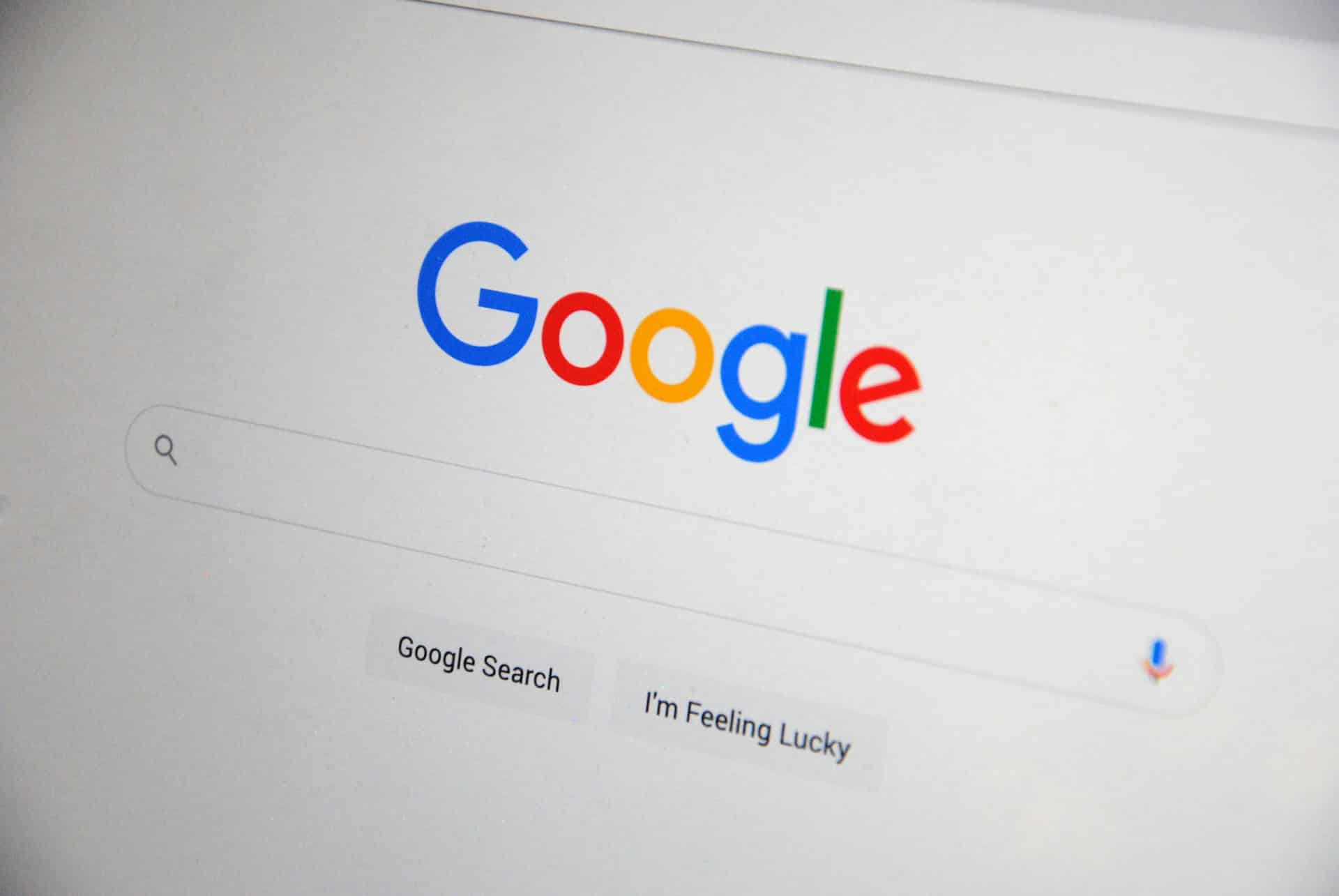The email signature is often underestimated, yet it plays a crucial role in professional communication. It reflects your company’s image and can become a powerful marketing tool if well-designed. Here’s a guide to creating an effective and professional email signature for your business while optimizing this space to promote your products and services.
1. Why is an Email Signature Important?
An email signature is not just a minor detail. It serves several essential purposes:
- Strengthening your brand identity: Every email sent with a well-thought-out signature contributes to brand recognition.
- Conveying essential information: It includes key information such as your contact details, job title, and a link to your website or social media.
- Promoting your offers: Use this space to display banners or links to your promotional offers, flagship products, or services.
- Building credibility: A neat signature shows that you take your communications seriously, which enhances your professionalism.
2. Key Elements of a Professional Email Signature
An effective email signature should include several elements:
- Name and title: Clearly state your name and your position within the company.
- Company name: Mention the company name with its logo if possible.
- Contact information: Add your phone number, the company’s address, and a link to your website.
- Social media links: If relevant, include icons with links to your company’s social media profiles.
- Promotional banner or link: Insert a discreet banner or a link to a current promotional offer, a new product, or a key service.
- Disclaimer: If necessary, add a disclaimer for legal reasons.
3. Best Practices for Designing an Email Signature
To ensure your signature is both functional and aesthetically pleasing, follow these best practices:
- Keep it concise: Avoid overloading your signature. It should remain readable and not exceed 5 to 6 lines.
- Use a simple font: Opt for a professional and easy-to-read font like Arial or Calibri.
- Stick to your brand colors: Integrate the colors of your brand’s visual identity to ensure visual consistency.
- Add a call to action: Encourage your recipients to visit your website, follow your social media, or take advantage of a special offer with a well-placed link or button.
- Include a banner: If you have an ongoing promotion, a discreet but attractive banner at the bottom of your signature can draw attention to your offers without being intrusive.
- Optimize for mobile: Ensure your signature is readable on mobile devices, where the majority of emails are now opened.
4. How to Add Banners and Promotional Links
Adding banners or links to promotional offers in your email signature can be an excellent way to boost your marketing campaigns. Here’s how to proceed:
- Choose a lightweight banner: To avoid slowing down email loading, use lightweight images, ideally in PNG or JPEG format, with a resolution suitable for display on different screens.
- Clickable link: Ensure that your banner or promotional text is clickable, redirecting recipients to a specific landing page, a promotional offer, or a particular product/service.
- Regular updates: Change your banner or promotional link based on new offers or changes in your marketing strategy.
5. Common Mistakes to Avoid
Lastly, here are some common mistakes to avoid:
- Including heavy images: They can slow down email loading and appear as attachments.
- Skipping tests: Test your signature on different devices and email clients to ensure it displays correctly everywhere.
- Using too many links: Too many links can make your signature confusing and distract the recipient from the main message.
- Overloading the signature: While adding banners is useful, be careful not to overload the signature so that it doesn’t detract from the essential information.
Conclusion
Creating a professional email signature is a simple yet essential step to reinforce your company’s image and promote your offers. By following these steps and best practices, you can design a signature that not only represents your brand but also serves as a powerful communication and marketing tool.
Remember, your signature is often the last thing the recipient sees. Make sure it leaves a positive, professional impression and, why not, encourages them to discover more about your products or services.







